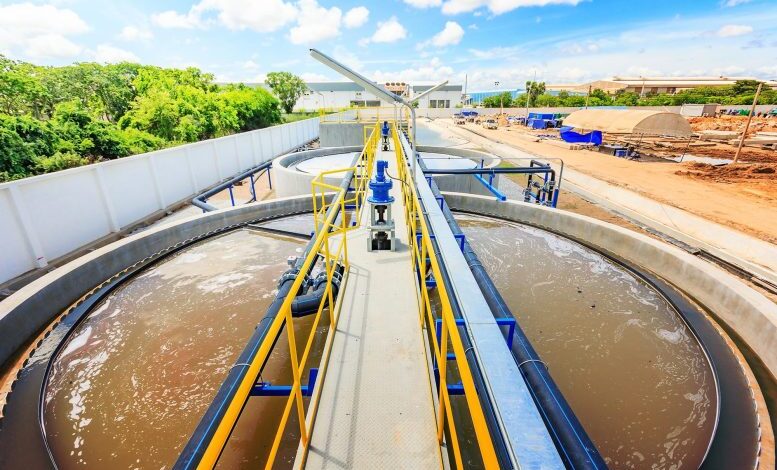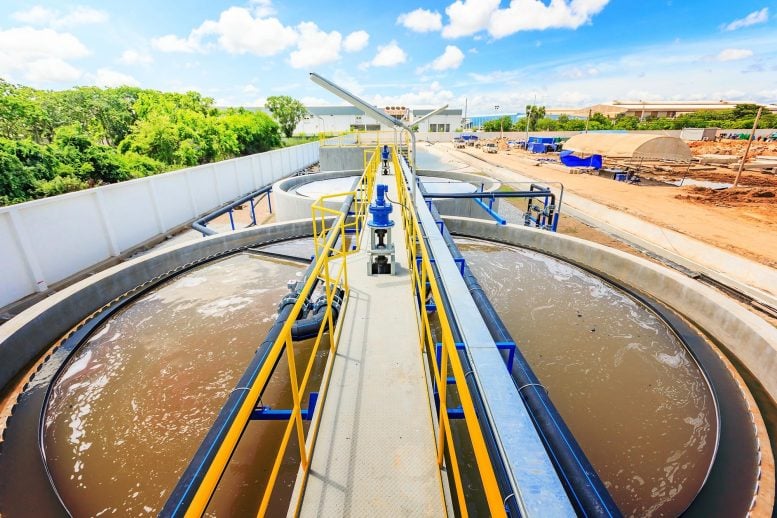Johns Hopkins Unmasks Hazardous Chemicals in Biosolid Fertilizers


Johns Hopkins researchers found that biosolid fertilizers contain potentially harmful chemicals, suggesting a need for regulatory review and risk assessments.
Researchers create new list of possibly toxic contaminants commonly found in biosolids nationwide.
A study by Johns Hopkins University highlights the presence of hazardous chemicals in biosolid fertilizers, identifying 92 frequent compounds that may pose health risks. This research supports the need for comprehensive risk assessments and enhanced regulations.
Biosolid Fertilizers and Potential Risks
Fertilizers manufactured from the sludgy leftovers of wastewater treatment processes can contain traces of potentially hazardous organic chemicals, according to a new study by Johns Hopkins University researchers.
The research, published today in Environmental Science & Technology journal, provides one of the most comprehensive looks at the chemical composition of so-called biosolids across the country and is the first step toward identifying common chemical contaminants that may need government regulation. The findings could help the U.S. Environmental Protection Agency prioritize which organic compounds to investigate further, the researchers said.
Research Methodology and Initial Findings
“We’ve been relatively in the dark when it comes to possible organic hazards in biosolids, and we need to know if there are any smoking guns that we’re unaware of,” said Carsten Prasse, an assistant professor in the Department of Environmental Health and Engineering who studies environmental contaminants. “Regulators need to know what these types of fertilizers are made of to determine how they can be responsibly used.”
Using analytical chemistry techniques capable of identifying thousands of chemicals, Prasse and his team screened 16 samples of biosolids from wastewater treatment facilities in nine U.S. and three Canadian cities. Samples contained traces of pharmaceuticals, industrial chemicals, and a variety of fragrances. Among them were bisphenol A (BPA), commonly found in plastics, and carbamazepine, a drug used to treat epilepsy and bipolar disorder.
Chemical Analysis and Regulatory Considerations
“Because there are so many compounds in biosolids, the question we had was how do we triage? How do we find the chemicals that are widespread and could potentially be problematic, that the EPA and other scientists would need to investigate before proposing regulations,” Prasse said.
The researchers then created lists of the chemicals found in each sample and compared them to compounds that popped up in multiple places across the country. They identified 92 compounds that were present in 80% or more of the samples.
The researchers then cross-referenced those 92 compounds against the EPA’s CompTox Chemical Dashboard—a database that details the properties, hazards, and potential risks of thousands of chemicals. The dashboard helped the team identify which chemicals were most likely to pose threats to human health or the environment.
Assessing Health Risks and Benefits of Biosolids
“We’re not saying that these compounds pose a risk right now, because we haven’t done a formal risk assessment,” said Matthew Newmeyer, a research associate at the Bloomberg School of Public Health and first author on the paper. “We’re saying that these have a potential to be problematic and we need more information in order to make sure these biosolids are safe.”
Using biosolids can be beneficial, the researchers said. They are rich in nitrogen, phosphorus, and other nutrients that help plants grow. They require less energy to make than synthetic alternatives. And wastewater facilities can sell biosolids to generate revenue to offset treatment costs and reduce waste sent to landfills or incinerators.
Future Research Directions and Implications
More than half of the 3.76 million tons of biosolids produced in the United States in 2022 fertilized agricultural lands, golf courses, and other landscaped areas, according to the EPA. While direct contact with biosolids is likely limited to occupational exposures, the broader population could be exposed to contaminants absorbed by crops grown in such fertilizers, the researchers said.
The team plans to measure the identified compounds in the biosolids and vegetables grown in biosolid-amended soil to determine if their concentration levels warrant concern. The researchers are also investigating risks to farmers, landscapers, and composters who work with biosolids.
Reference: “Combining non-targeted analysis with computer-based hazard comparison approaches to support prioritization of unregulated organic contaminants in biosolids” 25 June 2024, Environmental Science & Technology.
DOI: 10.1021/acs.est.4c02934

